The Hirsch Truth: Episode 9
In the latest episode of her NFT review series, Ann looks at “On Screen Presence,” curated by Regina Harsanyi for Feral File.
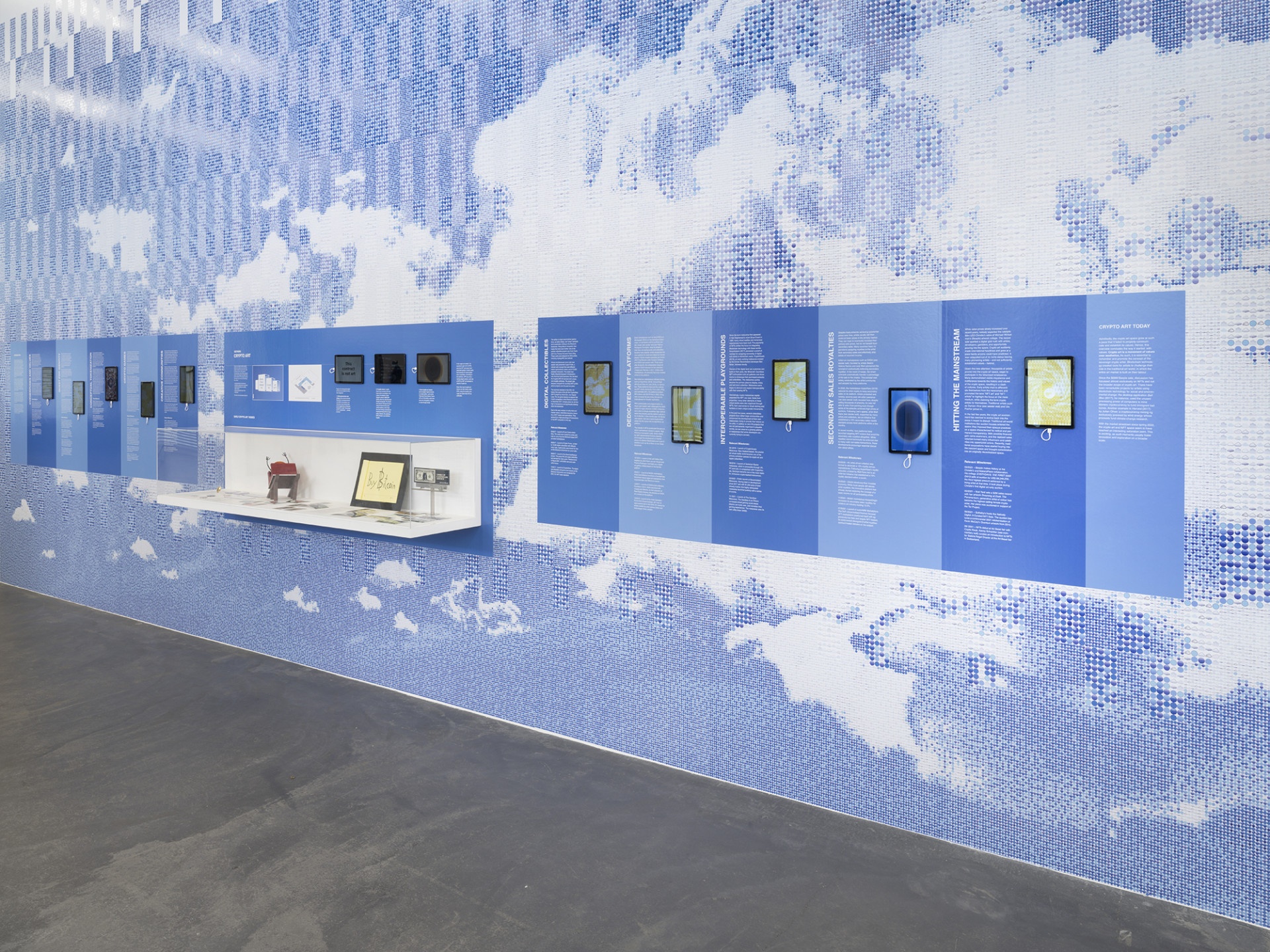
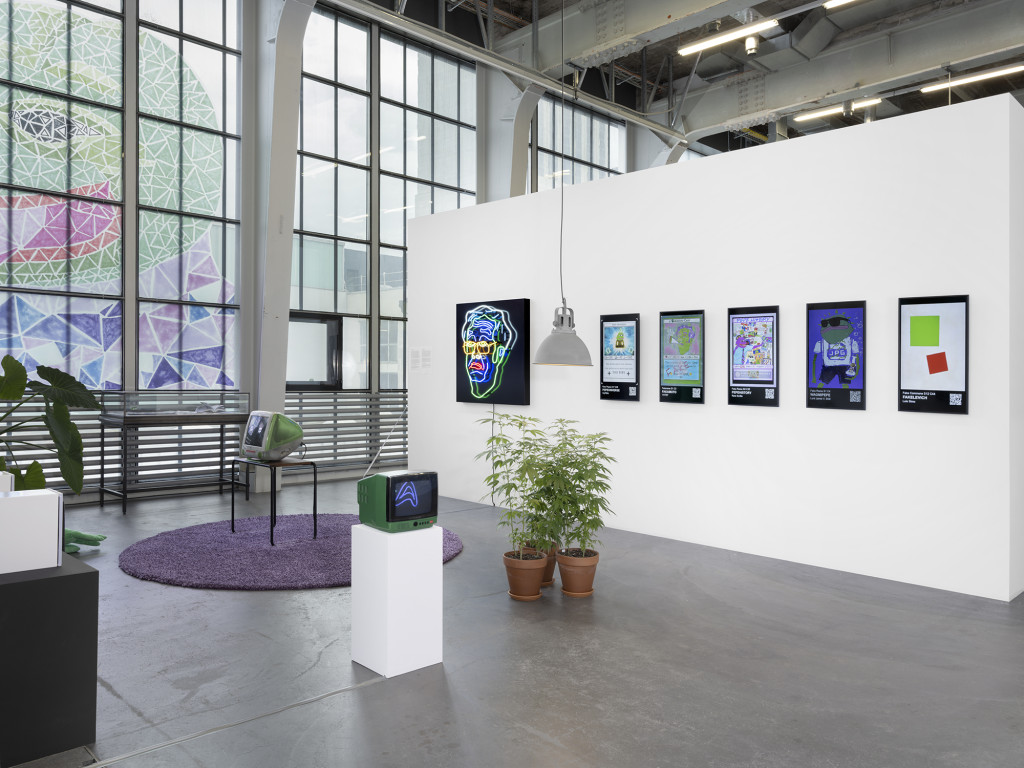
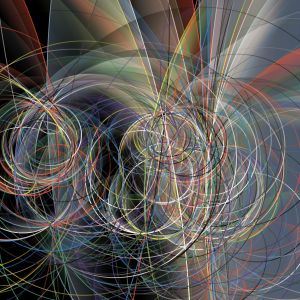
Upon entering “DYOR” at Kunstalle Zürich, you are welcomed by a large, blank square screen. To activate it, you’ll need a card with a QR code that can be picked up at the reception desk. Once the device is on, its sensors capture your movements, allowing you to participate in an interactive animation. At the time of my visit, playrecordmint, devised by the Swiss off.pink studio especially for “DYOR,” was featuring Body Circles (2022), a generative artwork by Zach Lieberman that connects points of viewers’ bodies with dynamic and evolving curves. After a few seconds, a screenshot is taken and minted to the Tezos blockchain, where you can claim it for free using the same QR code (and you’re credited as co-author, meaning you’ll receive some royalties if the piece is sold). Lieberman is a masterful coder whom I’ve admired for years, and during our visit I was more than happy to generate Body Circles #46 together with my partner and Nina Roehrs, the exhibition’s curator.
Roehrs did not engage in the risky endeavor of raising barriers between art and non-art, amateur and professional
Play Record Mint primes you for a show that is less about contemplation than it is about active discovery, productive engagement, and even collecting. You are unlikely to leave without, at a minimum, a proof-of-attendance token designed by Andreas Gysin on your phone, a paper Bitcoin wallet that can be used to claim a Rare Pepe collectible, or a Pepe Nakamoto pin on your jacket. These will serve as reminders to follow the dictum of the exhibition’s title and “Do Your Own Research,” probably online, when you return to the comfort of your home. “DYOR,” open through January 15, is an invitation to leave your prejudices at the door and navigate your own way through the contested world of NFTs.
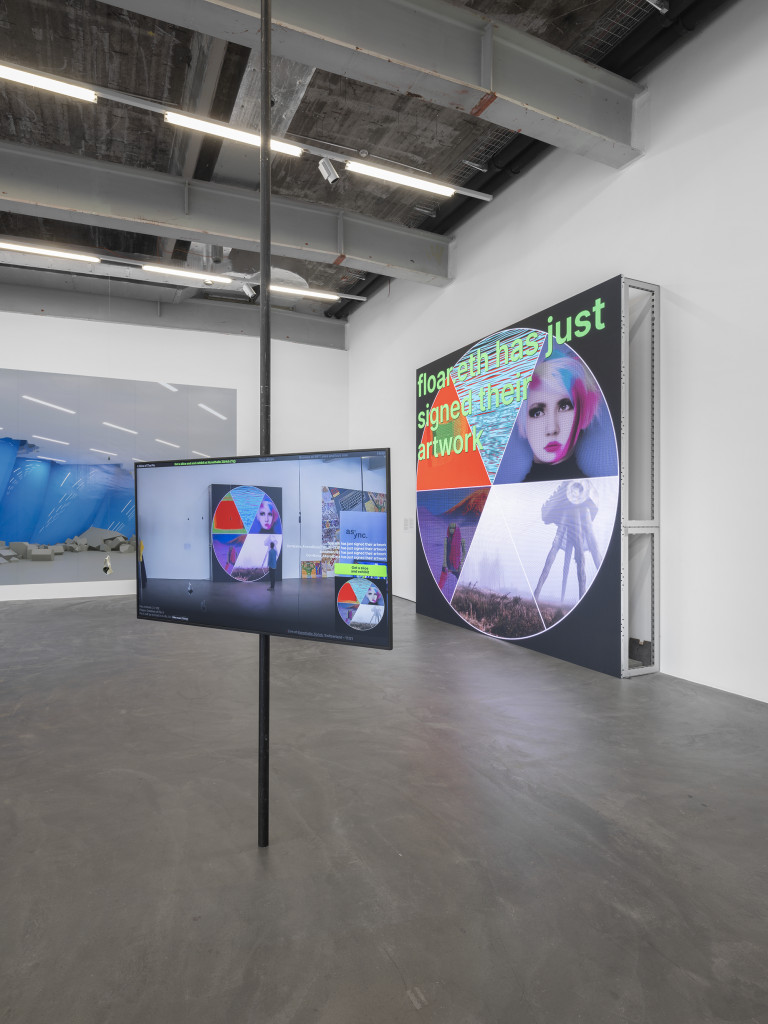
Roehrs is a gallerist, curator, and consultant to institutions, but her organization of “DYOR” doesn’t conform to the stereotypes of gatekeeping associated with those roles. She was not driven by her own tastes, nor did she engage in the risky endeavor of raising barriers between art and non-art, amateur and professional, subcultural and mainstream. Rather, Roehrs simply sought to communicate the role that the featured individuals, groups, and platforms played in the history of “crypto art.” In a Mirror post in 2021, I articulated my concerns about the use of this term to define any art form or trend. But “DYOR” helped me understand its effectiveness in defining a community. One strength of this exhibition is its demonstration of how this community functioned in years when little money was on the table; how it works today, when prominent artists share the spotlight with peers; and how speculation has overshadowed, but not eclipsed, the values of friendship and altruism that shaped crypto art from the beginning.
Roehrs managed to do this by decentering herself as curator. Almost everyone involved in “DYOR” took on some level of organizational authority. After dancing in front of Play Record Mint, you enter the Pepe the Frog Space, curated by Fabian Wyss (aka FWD) with help from Fake Rares, a group that creates and collects Rare Pepe memes on the Counterparty blockchain. The making of this colorful, attractive parlor involved more than sixty creators, with exhibits including handmade paintings and drawings, a vinyl on a customized turntable, a neon Nakamoto portrait, a lifesize Pepe puppet, a giant Pepe window sticker, and digital animations. Further along in the exhibition, important contextual information is provided in two discursive installations: Cumulonimbus Murus (2022), in which Martin Lukas Ostachowski uses his own visual work to frame the timeline he compiled of crypto art’s history; and Crypto Glossary (2022), a wallpaper installation and edition of trading cards produced as a collaboration between Adina Glickstein and Moxarra Gonzales. Elsewhere, there are projects that expand the exhibition virtually. Manuel Rossner uses VR headsets to break through the Kunsthalle’s roof and triple the exhibition area, making room for his own big, brightly colored inflatables and other monumental virtual works by nine artists and duos. Silvio Lorusso and Sebastian Schmieg open the doors of the institution to the wider Tezos community with A Slice of the Pie, selling space and time on the Kunsthalle’s wall for the modest price of 1 TEZ.
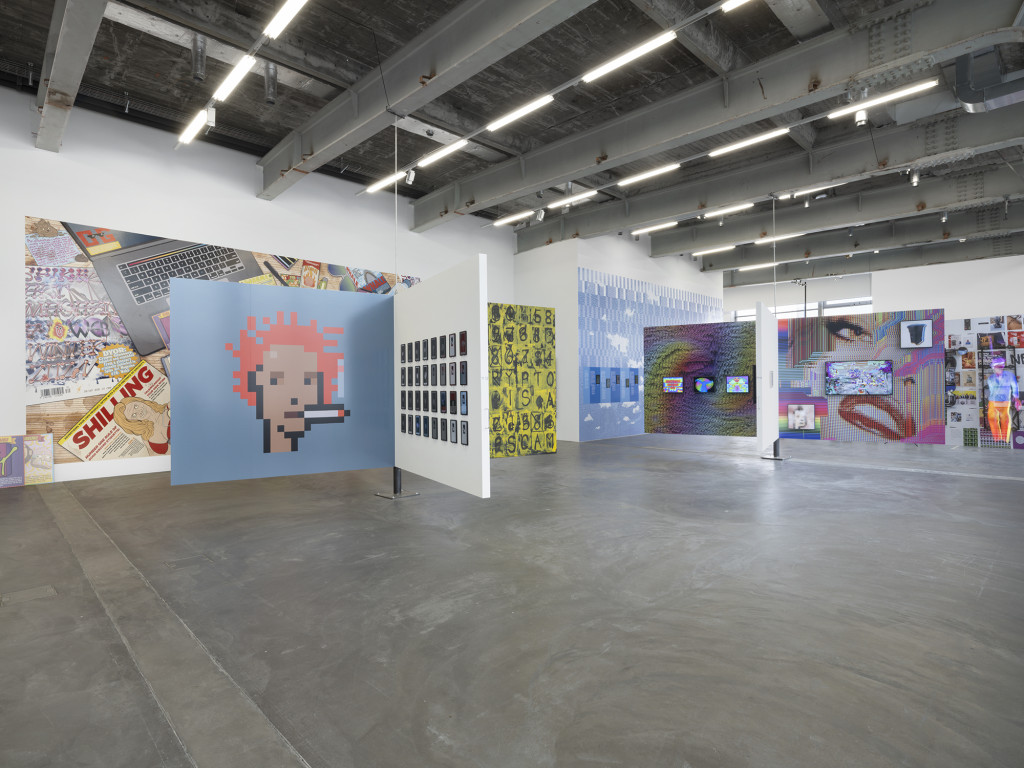
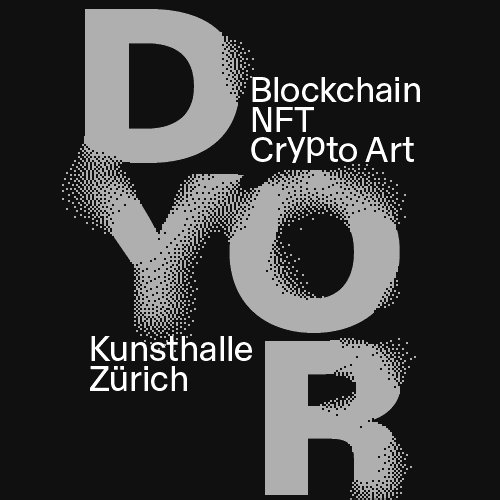
The central section of the show, titled “24 Seeders,” welcomes viewers into the curatorial process. You can manipulate and rearrange three massive wooden turnstiles with panels featuring artworks, platforms, and collaborative projects that planted influential ideas in the culture of the blockchain. The movement of these panels yields thrilling juxtapositions. The flowers in Anna Ridler’s Bloemenveiling (2018), linking crypto exchanges to eighteenth-century tulipmania, bloom beautifully alongside an oversized print of a Cryptopunk. Rhea Myers’ conceptual play with authorship and ownership, in the works Secret Artwork (Content) (2018) and Certificate of Inauthenticity (2020), sits serenely next to the libidinal wave unleashed by the imagery of Robness and Xcopy, while her clean, minimal setup contrasts with the noisy community life of the drawing collective Dada. Some artists used their panel not just to present a work but to contextualize their activity in the space. Xcopy’s Right-click and Save As Guy (2018) is accompanied by remixes of the piece by other artists. Next to an on-screen presentation of his digital painting Architects of the Future (2020), Matt Kane printed his public call to action from that same year, which launched the movement that made secondary royalties a standard feature across NFT marketplaces. There are a few glaring omissions here; my personal shortlist would have included Kevin McCoy, Casey Reas, and Pak. But the subjectivity of Roehrs’s selection is tempered by the agency given to the audience, and by fact that these projects embody positions and orientations toward the NFT field, rather than represent masterpieces of a burgeoning art market.
“DYOR” renovates curatorial practices in the light of the transformations introduced by this new, more decentralized ecosystem.
“DYOR” is an effective effort in renovating curatorial practices in the light of the transformations and attitudes introduced by this new, more decentralized ecosystem. While the average NFT exhibition features digital images on screens and projections, Roehrs presents a wide variety of interactive display solutions, often developed in collaboration with the artists and platforms involved. Bringing together very different, sometimes even conflicting positions, “DYOR” uses the environment of the exhibition as a mapping tool, inviting you to find your own way and orienting you toward further exploration.
Domenico Quaranta is a curator and author of Surfing with Satoshi: Art, Blockchain, and NFTs (Aksioma; Postmedia Books, 2022).
